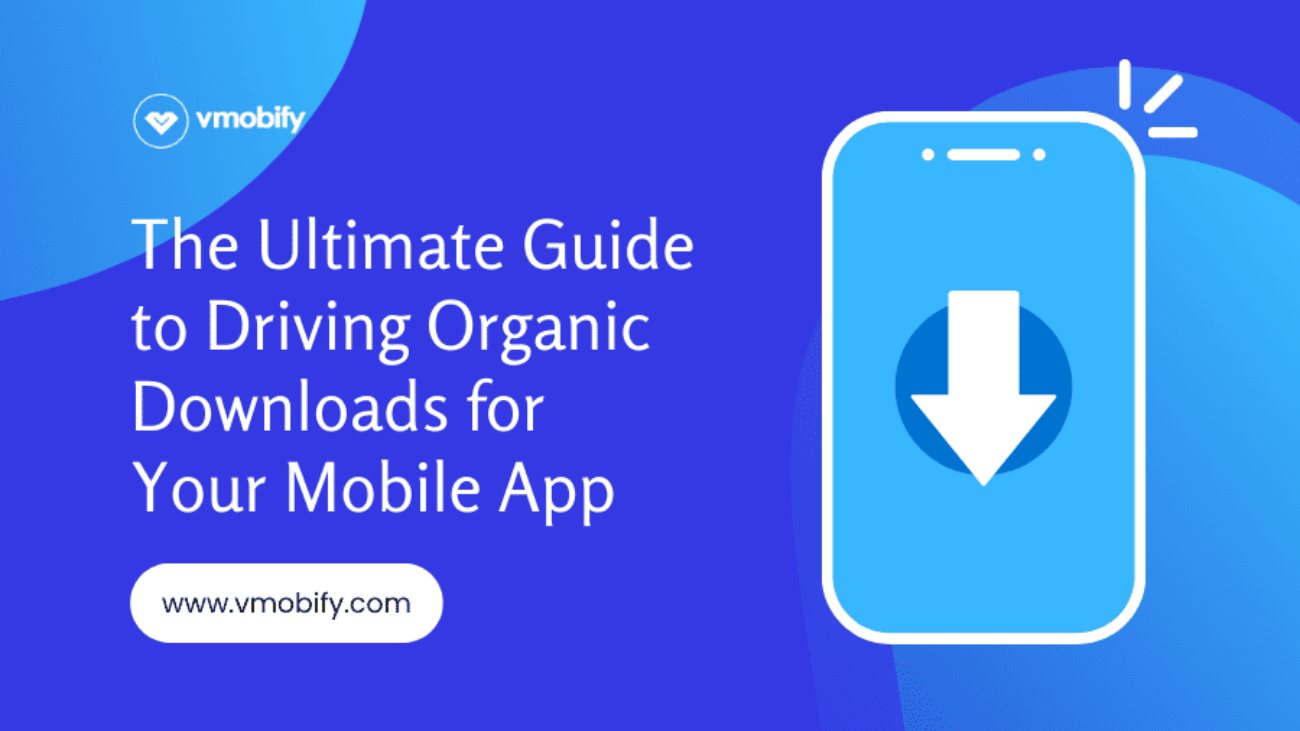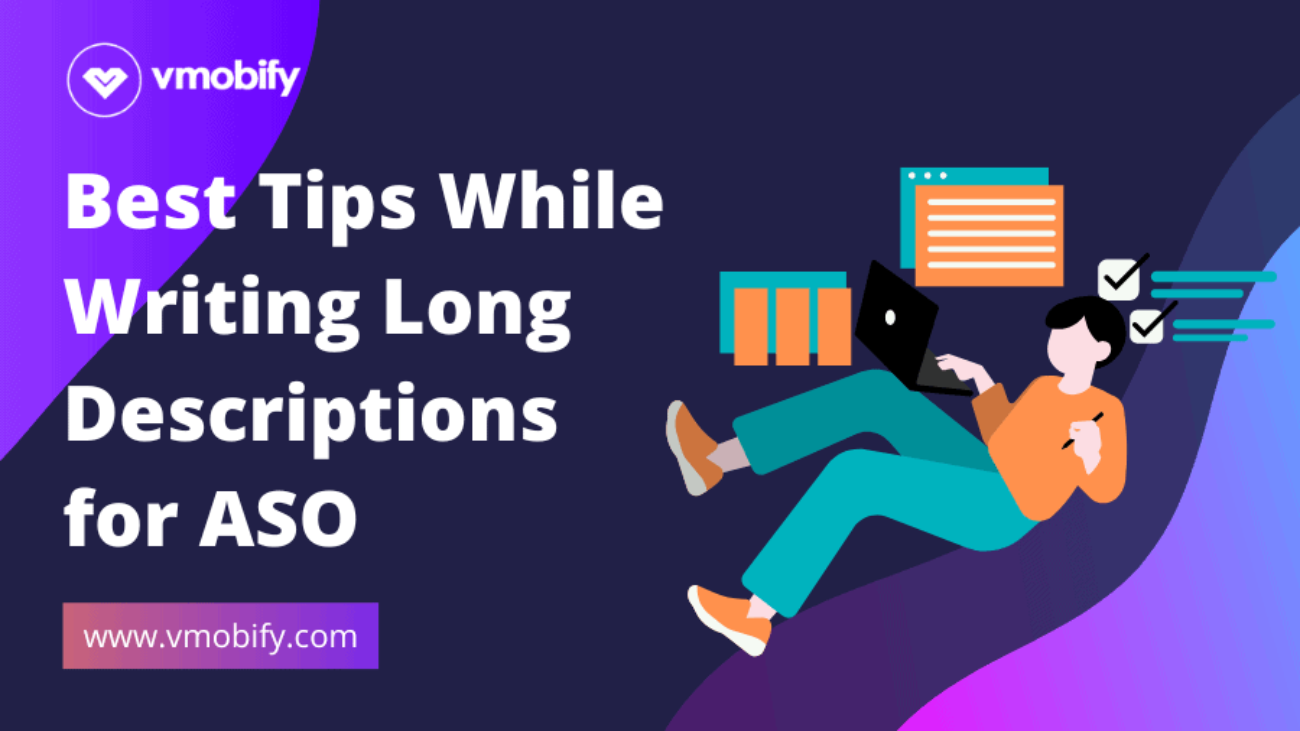In today’s digital age, mobile apps have become an integral part of our daily lives. From shopping to entertainment, there’s an app for almost everything. However, with millions of apps available in app stores, how do you ensure that your app stands out and attracts organic downloads? Let’s dive deep into the strategies that can help you achieve this.
1. The Power of App Store Optimization (ASO)
Much like its counterpart for websites, SEO, ASO focuses on enhancing an app’s visibility within app stores. By optimizing various elements such as the app title, description, and keywords, you can ensure that your app appears at the top of search results for relevant queries. For instance, if your app offers a unique solution for travel planning, incorporating keywords like “travel planner” or “trip organizer” can significantly boost its discoverability.
Case Study: A popular travel app noticed a 150% increase in organic downloads after optimizing its app title and description based on targeted keyword research.
2. Harnessing Visual Appeal
First impressions matter. High-quality visuals, including icons, screenshots, and app preview videos, can play a pivotal role in attracting potential users. Ensure that these visuals accurately represent your app’s core features and benefits.
Example: An e-commerce app showcasing smooth navigation, easy checkout processes, and personalized recommendations through its screenshots can entice users to download.
3. Building Brand Awareness
While ASO is crucial, it’s equally important to build your app’s brand outside the app store. Engage in content marketing, social media campaigns, and influencer collaborations to create a buzz around your app. The more familiar people are with your brand, the more likely they are to search for it directly in the app store.
4. Creating Referral Loops
Humans are inherently social. Encourage your existing users to refer your app to their friends and family. Offering incentives, such as in-app rewards or discounts, can further boost these referrals.
Example: A fitness app offering a month of premium features for every successful referral can motivate users to share the app with their network.
5. Staying Updated with Trends
The app ecosystem is dynamic. Regularly updating your app not only enhances the user experience but also signals to the app store algorithms that your app is active and relevant. Incorporate user feedback, fix bugs, and introduce new features to keep your app fresh and engaging.
Case Study: A gaming app introduced a new level every month, leading to a 60% increase in monthly active users.
6. Localizing Your App
If you’re targeting a global audience, it’s essential to localize your app for different regions and languages. This not only improves the user experience but also boosts organic downloads from various geographical locations.
7. Engaging with the Audience
Encourage users to leave reviews and ratings. Positive feedback can significantly enhance your app’s credibility and attract more organic downloads. Moreover, actively responding to reviews, both positive and negative, showcases your commitment to user satisfaction.
8. Strategic Backlink Building
Promote your app on relevant blogs, forums, and websites. Quality backlinks can drive traffic to your app’s download page and improve its ranking in search results.
Example: Collaborating with a tech blogger to review your app can drive their audience to check out and potentially download your app.
9. Leveraging Interactive Elements
Consider adding quizzes, tools, or interactive guides within your app. Such features not only enhance user engagement but also encourage them to share the app with others, driving organic growth.
10. Exploring Partnerships
Collaborate with other apps or companies that complement your offerings. Such partnerships can introduce your app to a new audience and drive organic downloads.
In Conclusion
Driving organic downloads requires a blend of strategic planning, continuous optimization, and staying updated with the latest trends. By implementing the strategies mentioned above, you can ensure that your app not only stands out in the crowded app marketplace but also consistently attracts organic downloads.




